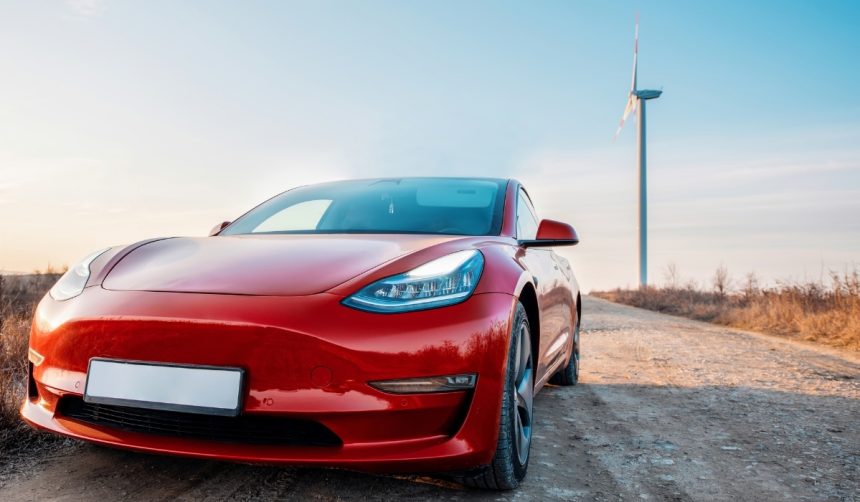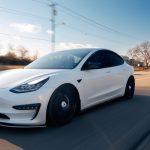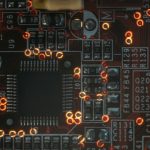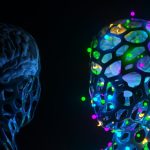Tesla’s Full Self-Driving (FSD) technology is set to reach a wider group of owners with the upcoming release of version 14.2. This planned expansion follows positive feedback from current FSD users, many of whom have noticed significant improvements in their daily driving experiences. Tesla continues to approach autonomous driving with incremental advancements, drawing both anticipation and scrutiny as users await broader access to new features. With FSD positioned as a pivotal part of Tesla’s brand, the company’s recent efforts signal ongoing confidence in its AI-powered driving solutions.
Earlier updates to Tesla’s Full Self-Driving function, such as version 12 and 13, focused mainly on refining basic navigation and safety features, but adoption remained selective and invited debate within auto forums. Road testers often cited frequent disengagements or ambiguous responses during complex maneuvers as recurring concerns, slowing the transition toward mass access. This latest update, FSD V14.2, appears to address many of those prior issues by leveraging more advanced algorithms and user feedback for smoother operation and assertive handling.
What Sets FSD V14.2 Apart?
A primary highlight of FSD V14.2 is the inclusion of improvements noted in the preceding 14.1.2 version, with testers reporting fewer erratic lane changes and braking. Many participants in Tesla’s beta testing community have echoed the sentiment that the program has matured, pointing to significantly reduced intervention rates. These advancements offer reassurance to both everyday drivers and company stakeholders.
How Does Mad Max Mode Affect Driving?
Mad Max mode, now featured in the current FSD release, is designed for more dynamic driving scenarios, particularly during heavy traffic periods. By allowing faster speeds and more frequent lane shifts, the feature aims to mirror human assertiveness while maintaining safety. Social media posts from various testers showcase the system managing urban congestion adeptly, further building interest in the rollout.
What Has Tesla Said About the Rollout?
CEO Elon Musk confirmed expansion plans in response to user feedback, stating
“14.2 for widespread use.”
Tesla’s head of AI, Ashok Elluswamy, described Mad Max mode as useful for those dealing with crowded city roads. He also emphasized,
“It was designed specifically for congested daytime traffic.”
These statements underline the company’s intention to release FSD V14.2 beyond the current testing pool, broadening availability to the general Tesla fleet.
The progression toward more autonomous systems in Tesla vehicles reflects broader industry patterns but stands out due to Tesla’s unique approach of mass field data collection and real-time user feedback. For individuals considering Tesla vehicles or existing owners pondering software updates, the deployment of FSD V14.2 marks a significant step in autonomous mobility offerings. Drivers should remain aware of ongoing regulatory reviews and potential limitations, as full autonomy still requires attentive supervision. Those interested in advanced driver assistance might find value in observing user experiences as FSD evolves, especially as new features like Mad Max mode gain visibility and practical adoption.










